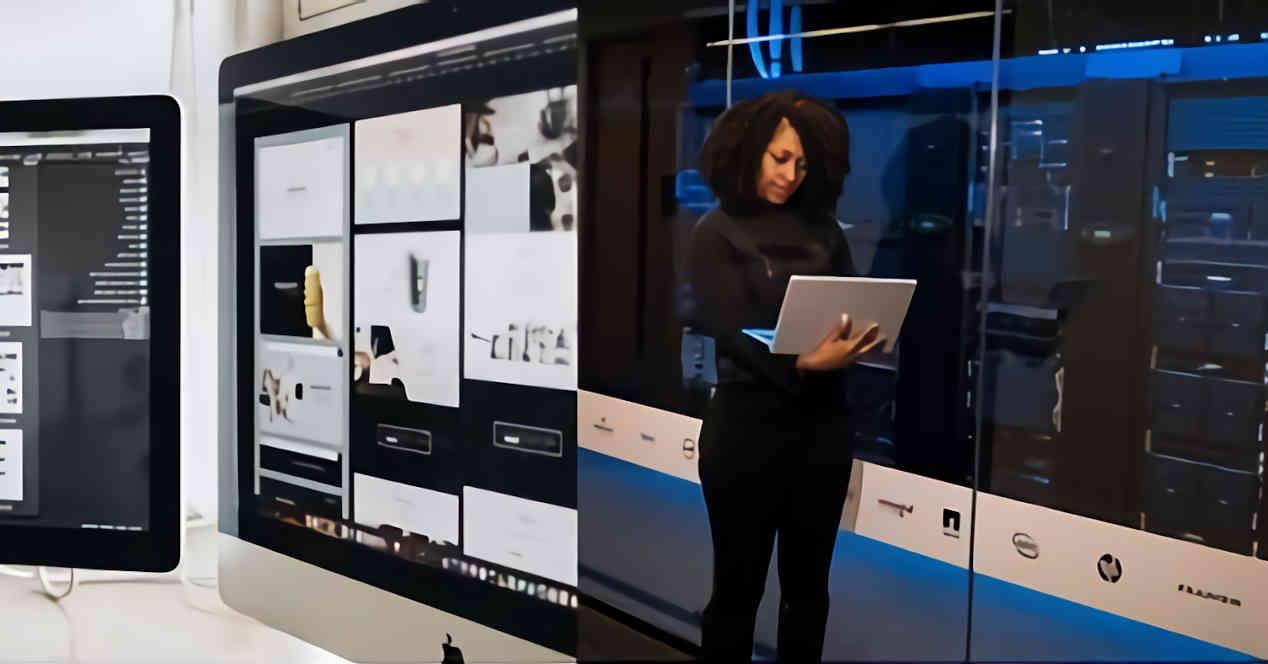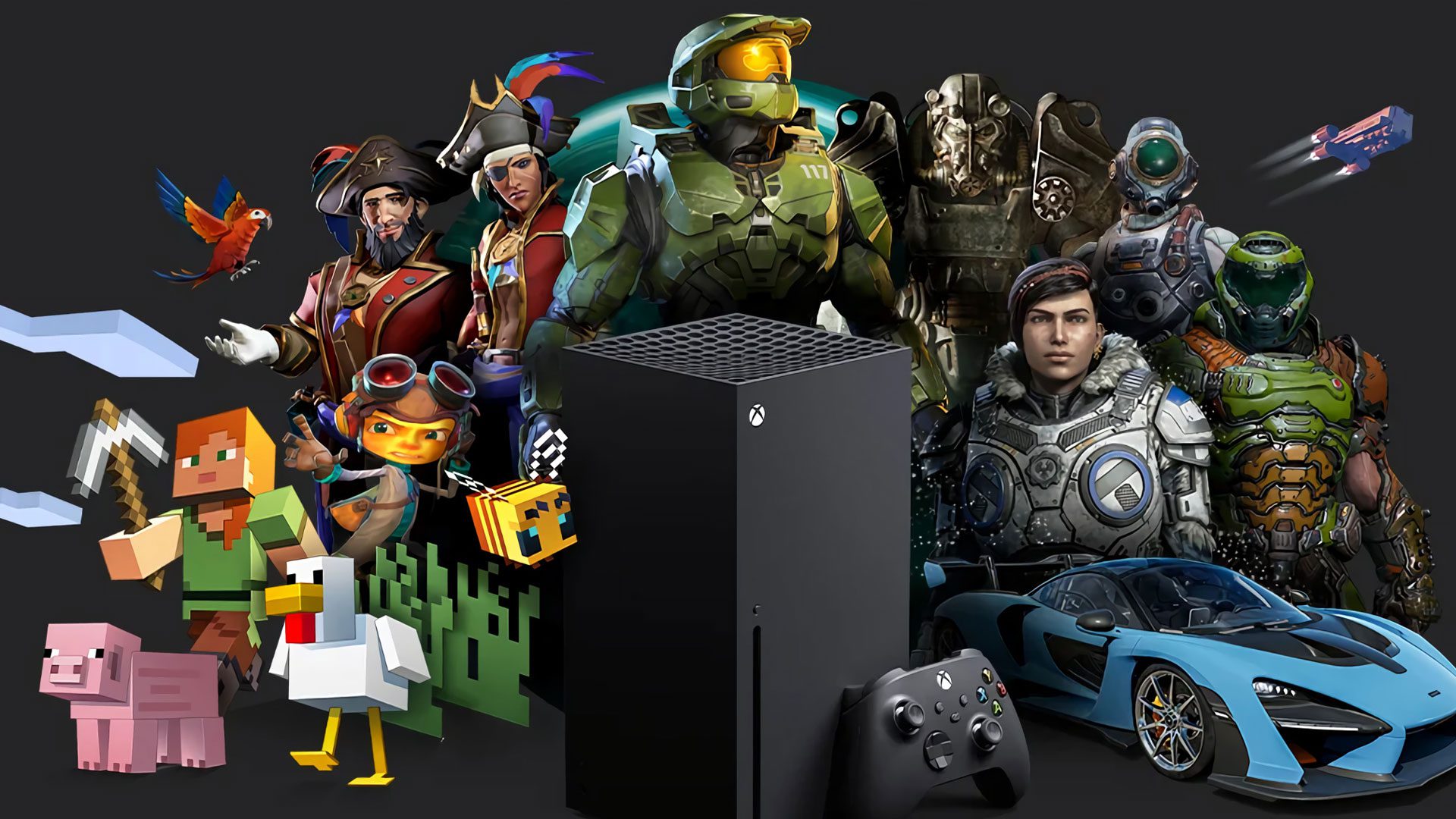Workstations and servers are variations of a personal computer designed for applications that require multiple users and / or more power than the computers we use every day. What do they have in common and how are they different?
What is a server?
The word server is a translation of the English meaning “Server” and its origin dates back to before the era of personal computers when there was time-sharing, in which a central computer served the calculations to the various terminals which were connected to the local network. . network. Thus, the first obvious difference between a server and a workstation is that the former aims to deliver its power not only to a single user but to several simultaneously.
The fact that a server has to handle program requests from multiple users also means that it must have a much higher power than a PC in terms of user, whether it is laptop or desktop, but at the same time. time his power be distributed to him among the different users who use his abilities. In order to manage multiple users at the same time, servers usually use special operating systems to perform this function and today cloud operating systems are used consisting of a hypervisor capable of running multiple operating systems. in addition, one for each of the clients. .
A server today serves several functions:
- It can be used as a file server accessible through an FTP application for file transfer.
- To store and manage company emails.
- As a web server, storing a web page and its services.
- To run an application remotely for one or more users.
- Storage of a large database where access by several consultants is required.
Characteristics of a server
The general architecture of the servers is the same as that of a personal computer and a workstation, so it is of the Von Neumann type. However, as of the writing of this article, we can give a few touches of what a server is today.
- Currently, they tend to be made up of dozens of cores per CPU, the most advanced have reached 64 and some even 128. This is why they are large processors with complex infrastructures. In some cases, there may be multiple processors on a server.
- A large number of cores requires a large amount of memory, if currently two DDR4 memory channels are used or four in the case of DDR5, in workstations we need to quadruple the two digits.
- They use memory modules with data correction system.
- Server processors are designed to run all the time and therefore their cores are not designed to achieve very high performance peaks in the form of clock speeds.
- El sistema de I / O en un servidor es varias veces más complejo, ya que técnicamente han de operar como varios ordenadores distintos y por eso suelen tener una mayor cantidad de interfaces PCI Express, SATA, USB en comparación con una estación de trabajo o un personal computer.
It should be clarified that any PC with the appropriate operating system can become a server, but it will do so on a smaller scale in terms of power, an example is that there are users who have configured a server for Minecraft using a simple home PC.
What is a workstation?
A workstation is a type of personal computer, which is used for applications requiring more power than a personal computer can offer and therefore makes server hardware much more complex and powerful. Today’s workstations are all derived from PC technology, especially after Intel ended the threat posed by RISC architectures with the launch of the first Post-RISC architecture, the Pentium Pro which made it execution out of order.
So in the 80s and 90s there were workstations from brands such as: Sun Microsystems, Silicon Graphics, Apollo Computer, Digital Equipment Corporation, Hewlett Packard or IBM. Most of these companies disappeared, others left this market and those that remained adopted the so-called HEDT processors from Intel and AMD.
A workstation is used today for several functions, but contrary to what happens with a server these are only for the use of a single user and do not generally differ from the use that one gives a classic high-end PC, therefore its use is focused on tasks that require high power to operate:
- Video editing and manipulation.
- Creation, rendering and animation of three-dimensional scenes.
- Building architecture and other complex engineering works.
- Scientific computing, an advanced laboratory usually has a workstation to perform complex calculations.
Characteristics of a workstation
Because workstations are designed for highly professional markets with the ability to spend money, it allows them to have much more advanced hardware than a desktop PC:
- The processors are generally the same as the servers, but revved in number of cores, but reaching higher clock speeds. This is why they use different sockets compared to server and desktop processors.
- Its RAM memory system is halfway in number of accesses between a classic PC and a server, so they generally have twice as many channels as the first and half as many as the second.
- Many workstations use specialized graphics cards which are in principle similar to those used for gaming, but using the best chips from each board and therefore can achieve higher clock speeds for longer time, drivers of better quality and especially small changes which are not of value for ordinary users, but of great importance for certain professional sectors.
Today, any underpowered PC can be thought of as a small workstation, and many professionals with limited resources use a personal computer for their day-to-day tasks. After all, the original workstations used 32-bit processors such as the Motorola 68K, something already outdated in PCs, with multitasking systems, an idea compared to the above, with graphics and sound hardware. advanced, both identical, and a connection to report.
Table of Contents












